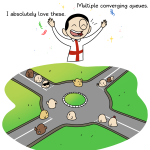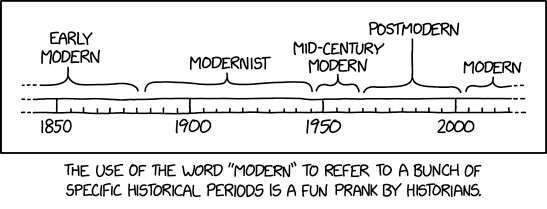Posted by Victor Mair
https://languagelog.ldc.upenn.edu/nll/?p=69183&utm_source=rss&utm_medium=rss&utm_campaign=superstition-industry-in-the-prc-buzzwords-as-belief
https://languagelog.ldc.upenn.edu/nll/?p=69183
Another superlative article from our Czech colleagues:
China’s Superstition Boom in a Godless State
In post-pandemic China, superstition has surged into a booming industry, as youth turn to crystals, fortune-telling, and AI oracles in search of hope and meaning.
By Ansel Li, Sinopsis (5/13/25)
Introduction
It is one of history’s more striking ironies: the People’s Republic of China, an officially atheist, Marxist-Leninist regime that has long sought to suppress all forms of organized religion, now finds itself caught in a tidal wave of superstition. Post-pandemic, what began as a trickle has become a torrent—an uncontrolled spread of fortune-telling, lucky crystals, and spiritual nonsense, growing in the vacuum left by institutional faith and spread further by a hyper-connected internet society.
This phenomenon is not merely a return to old habits or rural mysticism. It has become a nationwide consumer frenzy, driven by the very demographic the Communist Party hoped would be its most rational constituency: the young and educated. In chasing these modern symbols of hope, they are losing more than just money.
The article is divided into five sections, from each of which I will select passages that may be of particular interest to Language Log readers.
I. The Lottery Fever
Why the appeal? It’s the cheapest daydream on the market. For 10–50 yuan, one gets a momentary shot of dopamine and the fantasy of a sudden windfall. Compared to a bubble tea or a streaming subscription, the lottery feels like a better deal—an illusion of hope, or at worst, a donation to the welfare fund. Some call it “the budget daydream.” Others, “a comfort for the modern mind.” Even when they lose, players reassure themselves with a strange kind of generosity: “I’m supporting public welfare.”
II. From “Manifesting Success” to Managed Despair
At the center of this scam was a belief system built on fantasy: a belief that if one just believed hard enough—if one pictured oneself as rich, and spent like it—wealth would magically arrive. This idea was almost a copy of The Secret, Rhonda Byrne’s 2006 best-selling nonsense that claimed thoughts could change reality. But in the Chinese version, the language of God and angels was replaced with buzzwords like “quantum,” “energy,” and “cleansing”—terms made for local social media, where fake science is often treated as deep thinking. [VHM: emphasis added, here and below]
…
In today’s China, the most popular “spiritual” items aren’t books or teachings but small objects—especially crystals. These are sold not only as fashion items but as tools for cosmic power. Supposedly, they bring wealth, block bad energy, and balance inner forces. Livestreams offer quick lessons in “crystal basics,” and influencers promote them with the excitement once shown for new tech.
There are now over 40,000 registered crystal-related businesses in China. This isn’t a small trend—it’s a whole industry.
Along with the crystal craze, astrology, tarot, and fortune-telling have become small but growing businesses. Highly educated youth—graduates, civil servants, tech workers—are quitting their jobs to become full-time “mystics.” On platforms like Taobao and WeChat, paid readings are everywhere. In many cities, you’ll find stylish little shops doing tarot readings, often run by baristas turned fortune-tellers.
This is happening despite—or maybe because of—government crackdowns. In 2021, China banned religious content on e-commerce sites and tightened rules on spiritual services. But the demand only adapted. Tarot readers now call themselves “emotional consultants.” Horoscope sellers move to foreign platforms like Discord. The state fights superstition with censorship, and loses every time.
One product shows this perfectly: the CeCe Astrology app—a phone app combining Chinese and Western fortune-telling tools: tarot, birth charts, Zi Wei Dou Shu, and more. It even has AI-powered fortune-telling bots and 24-hour livestream astrologers. Users tune in at 2 a.m. for live readings, sending virtual “gifts” or paying for one-on-one talks. Top streamers can make over 100,000 yuan a month. One person in the business said the app had “basically replaced therapy” for many: “As long as you tell them what they want to hear, it works.”
Gone is the dream of becoming rich. In its place is a hunger for meaning—some system, no matter how strange, to explain the chaos of everyday life. But even this comfort isn’t cheap. Yearly spending on these services can easily go over 1,000 yuan per person.
III. Superstition as a Business—But a Poor One at That
…Online tarot certificate “bootcamps” cost between 3,999 and 6,999 yuan for a few weeks of lessons. Courses to become a “crystal healer,” held in boutique studios, can cost over 10,000 yuan. These programs promise not just knowledge but business contacts: suppliers, livestream tips, and MCN (multi-channel network) deals to build your online image.
…
The so-called “natural crystal” market is full of fake stones made in chemical factories. The space is starting to look like multi-level marketing (MLM). Participants are pushed not just to sell, but to recruit others, stock up on products, and take on losses—so the dream of spiritual business quickly becomes the nightmare of a pyramid scheme.
IV. DeepSeek’s Occult Tech Boom [VHM: This one takes the cake]
At the peak of this absurd trend is a combination so strange it could make a philosopher laugh: AI fortune-telling. By late 2024 and into early 2025, China’s homegrown large language model, DeepSeek, burst into the spotlight, briefly worrying American tech companies. While its hype slowed down later, before Lunar New Year it became a national craze.
And its most popular feature? Not education, not work tools. It was AI-powered fortune-telling.
The AI-Spiritual-Commerce loop went viral. “DeepSeek Occult Commands” became an online hit. On WeChat, a flood of mini-programs appeared—“AI Face Reading,” “AI Bazi Calculator”—reaching the daily user numbers of medium e-commerce apps. A 9.9-yuan facial reading could be resold again and again through referral links, with some users earning over 30,000 yuan a month. DeepSeek hit 20 million daily active users in just 20 days. At one point, its servers crashed from too many people requesting horoscopes.
On social media, commands like “Full Bazi Chart Breakdown” and “Zi Wei Dou Shu Love Match” turned into memes. One user running a fortune-telling template got over 1,000 private messages in ten days. The AI could write entire reports on personality, karma, and even create fake palm readings about “past life experiences.” People lined up online at 1:00 a.m. to “get their fate explained.”
Meanwhile, a competing AI company, Kimi, released a tarot bot—immediately the platform’s most used tool. Others followed: Quin, Vedic, Lumi, Tarotmaster, SigniFi—each more strange than the last. The result? A tech-driven blow to the market for real human tarot readers.
In this strange mix, AI—the symbol of modern thinking—has been used to automate some of the least logical parts of human behavior. Users don’t care how the systems work. They just want a clean, digital prophecy. The same technology that should help us face reality is now mass-producing fantasy—on a huge scale.
V. Metaphysical China
It would be wrong to see this wave of superstition as a uniquely Chinese flaw. But since 2024, China’s superstition boom has become a pressure cooker where many deep problems have gathered: economic slowdown, job stress, burnout, pushy online systems, and a desperate need for meaning.
Young Chinese are not naturally more superstitious. But they are trapped in an unstable system, and with no clear future, they are buying ready-made ones. These crystals and tarot cards aren’t ancient traditions—they’re quick-fix stories built from what’s left in the marketplace. Meanwhile, sellers and platforms continue testing how much people are willing to pay to ease their fears.
This “spiritual capitalism” may fade, whether from tighter rules or better economic conditions. But as long as deep anxiety exists, these emotional-money combinations will return—just with new symbols, using words like “wellness,” “self-knowledge,” or “destiny.”
In that way, the 2024 superstition wave wasn’t a mistake—it was a preview. It shows us that any empty space in meaning will be quickly filled by the smartest algorithms, and that the price of these illusions will always fall hardest on the most worried, the most uncertain, and the most eager to believe.
Superstition is the true "opium of the people".
Selected readings
[h.t. Leslie Katz]
https://languagelog.ldc.upenn.edu/nll/?p=69183&utm_source=rss&utm_medium=rss&utm_campaign=superstition-industry-in-the-prc-buzzwords-as-belief
https://languagelog.ldc.upenn.edu/nll/?p=69183
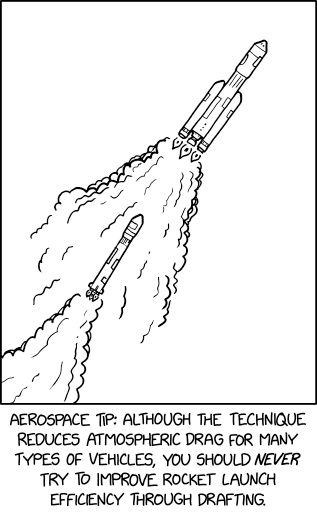



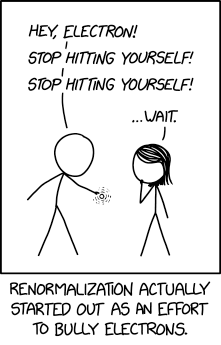



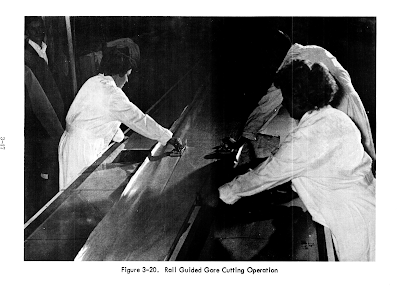


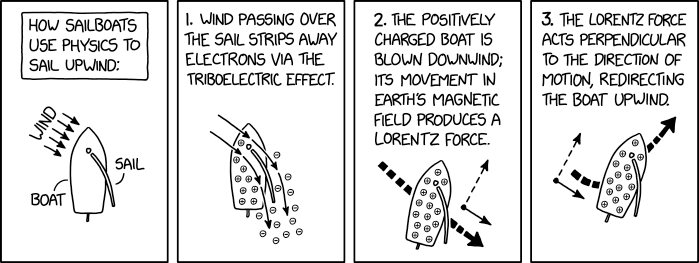
 Posted by
Posted by 
